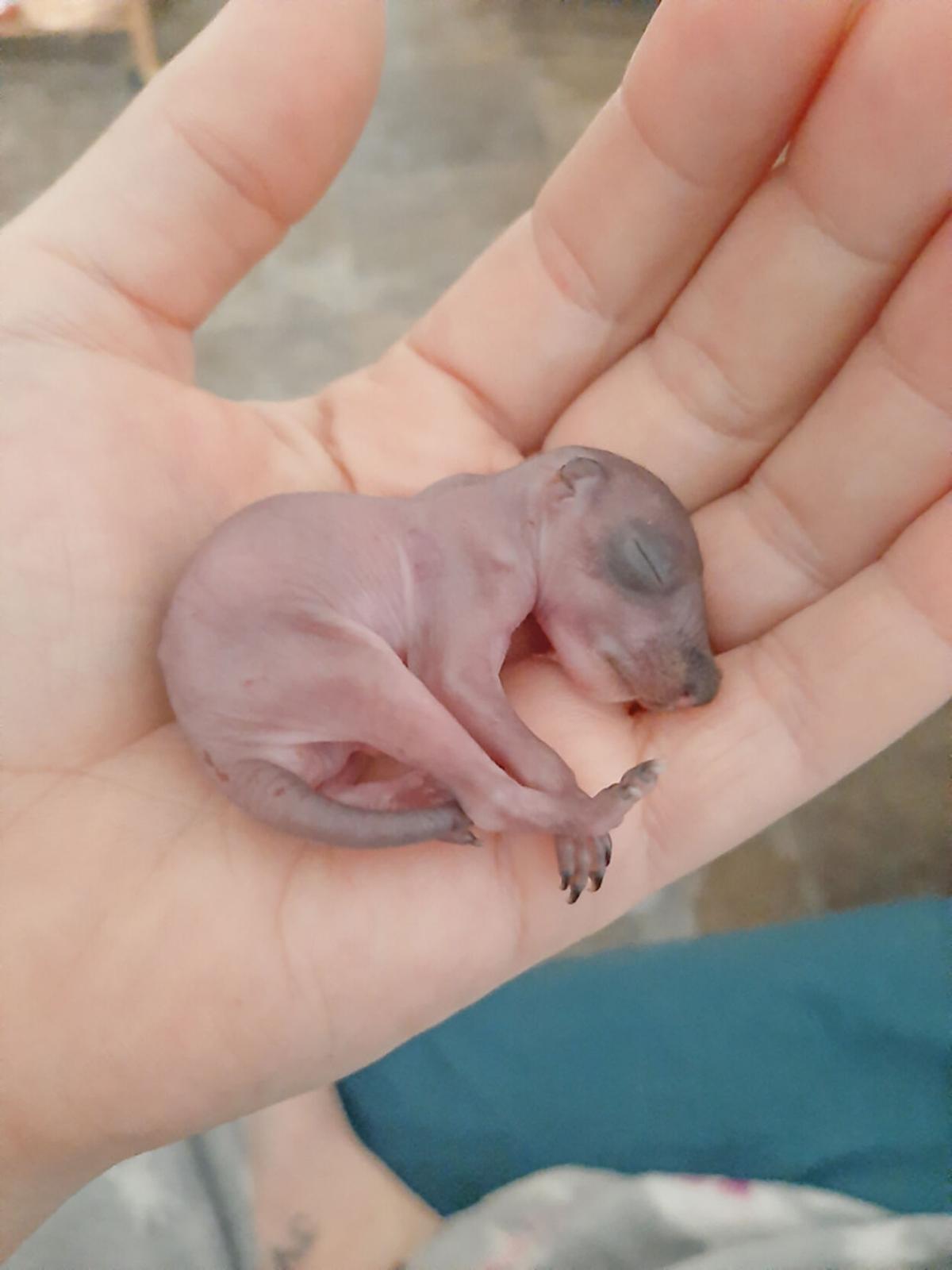
Nurturing Baby Squirrels: A Comprehensive Guide to Their Care
Baby squirrels, often referred to as "kits," are undeniably adorable creatures that evoke a sense of tenderness and protectiveness. However, caring for these helpless infants requires a deep understanding of their unique needs and a commitment to providing them with the best possible care. This comprehensive guide will delve into the intricacies of baby squirrel care, empowering you with the knowledge and skills necessary to ensure their well-being and development.
1. Determining the Age and Condition of the Baby Squirrel
The first step in caring for a baby squirrel is to determine its age and condition. This will help you tailor your care plan accordingly.
-
Age:
- Newborn: Eyes closed, no fur, and helpless.
- 2-3 weeks: Eyes open, fur begins to grow, and they start to move around.
- 4-6 weeks: Fur fully developed, become more active, and start to explore.
- 6-8 weeks: Begin to wean and become independent.
-
Condition:
- Healthy: Bright eyes, clean fur, and active.
- Sick or injured: Lethargic, dull eyes, dirty fur, or wounds.
2. Providing a Safe and Warm Environment
Baby squirrels require a warm and secure environment to thrive.
- Nest: Create a cozy nest using a soft cloth or towel. Place it in a quiet and draft-free area.
- Temperature: Maintain a temperature of around 85-95°F (29-35°C) for newborn squirrels and gradually decrease it as they grow older. Use a heating pad or warm water bottle wrapped in a towel to provide warmth.
3. Feeding Baby Squirrels
Feeding baby squirrels is crucial for their survival and growth.
- Formula: Use a commercially available squirrel formula specifically designed for baby squirrels. Follow the instructions on the package carefully.
- Feeding Frequency:
- Newborn: Feed every 2-3 hours around the clock.
- 2-3 weeks: Feed every 4-6 hours.
- 4-6 weeks: Gradually reduce feeding frequency to every 6-8 hours.
- Feeding Method: Use a syringe or dropper to gently feed the formula to the baby squirrel. Avoid overfeeding, as this can lead to digestive problems.
4. Hydration
Baby squirrels need to stay hydrated.
- Water: Provide access to fresh water at all times.
- Electrolyte Solution: If the baby squirrel is dehydrated, administer an electrolyte solution specifically designed for animals.
5. Hygiene and Grooming
Maintaining hygiene is essential for the health of baby squirrels.
- Bathing: Bathe the baby squirrel gently with warm water and a mild soap. Avoid getting water in their eyes or ears.
- Grooming: Brush the baby squirrel’s fur regularly to remove dirt and debris.
6. Stimulation and Exercise
Baby squirrels need stimulation and exercise to develop properly.
- Handling: Handle the baby squirrel gently and regularly to socialize it and provide comfort.
- Playtime: Allow the baby squirrel to explore its surroundings and play with toys.
7. Weaning and Independence
As baby squirrels grow, they need to be weaned from formula and become independent.
- Weaning: Start introducing solid foods, such as nuts, seeds, and fruits, around 4-6 weeks of age. Gradually reduce the frequency of formula feedings.
- Independence: By 8-10 weeks of age, baby squirrels should be fully weaned and independent. They can be released back into the wild or kept as pets.
8. Special Considerations for Sick or Injured Baby Squirrels
If you find a sick or injured baby squirrel, it’s crucial to seek professional help immediately.
- Contact a Wildlife Rehabilitator: Reach out to a licensed wildlife rehabilitator who specializes in caring for squirrels. They have the expertise and resources to provide the necessary medical treatment.
- First Aid: If you cannot reach a wildlife rehabilitator right away, provide basic first aid to the baby squirrel. Keep it warm, clean its wounds, and offer water.
9. Legal Considerations
It’s important to note that caring for baby squirrels may require a permit or license in some areas. Check with your local wildlife authorities for specific regulations.
10. Conclusion
Caring for baby squirrels is a rewarding but challenging experience. By following these guidelines and providing them with the necessary care, you can help these helpless creatures thrive and reach their full potential. Remember to always prioritize their well-being and seek professional help when needed. With patience, dedication, and a deep love for these fascinating animals, you can make a significant difference in their lives.
